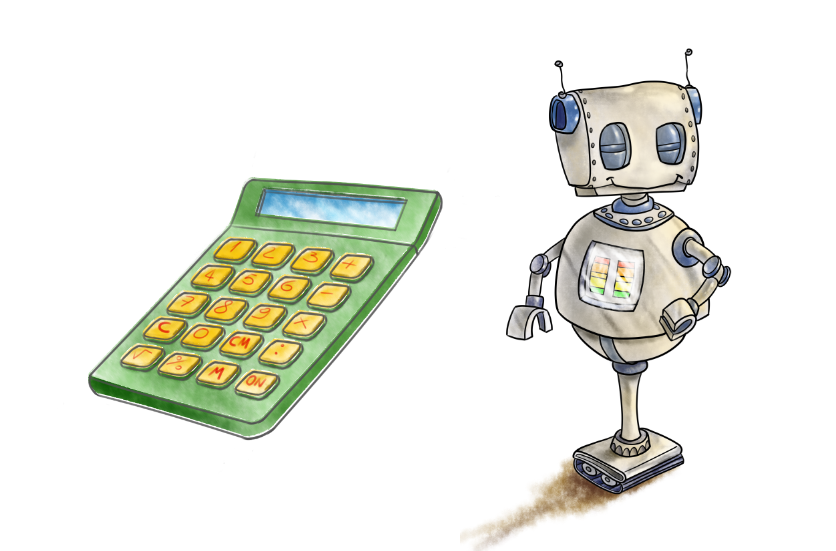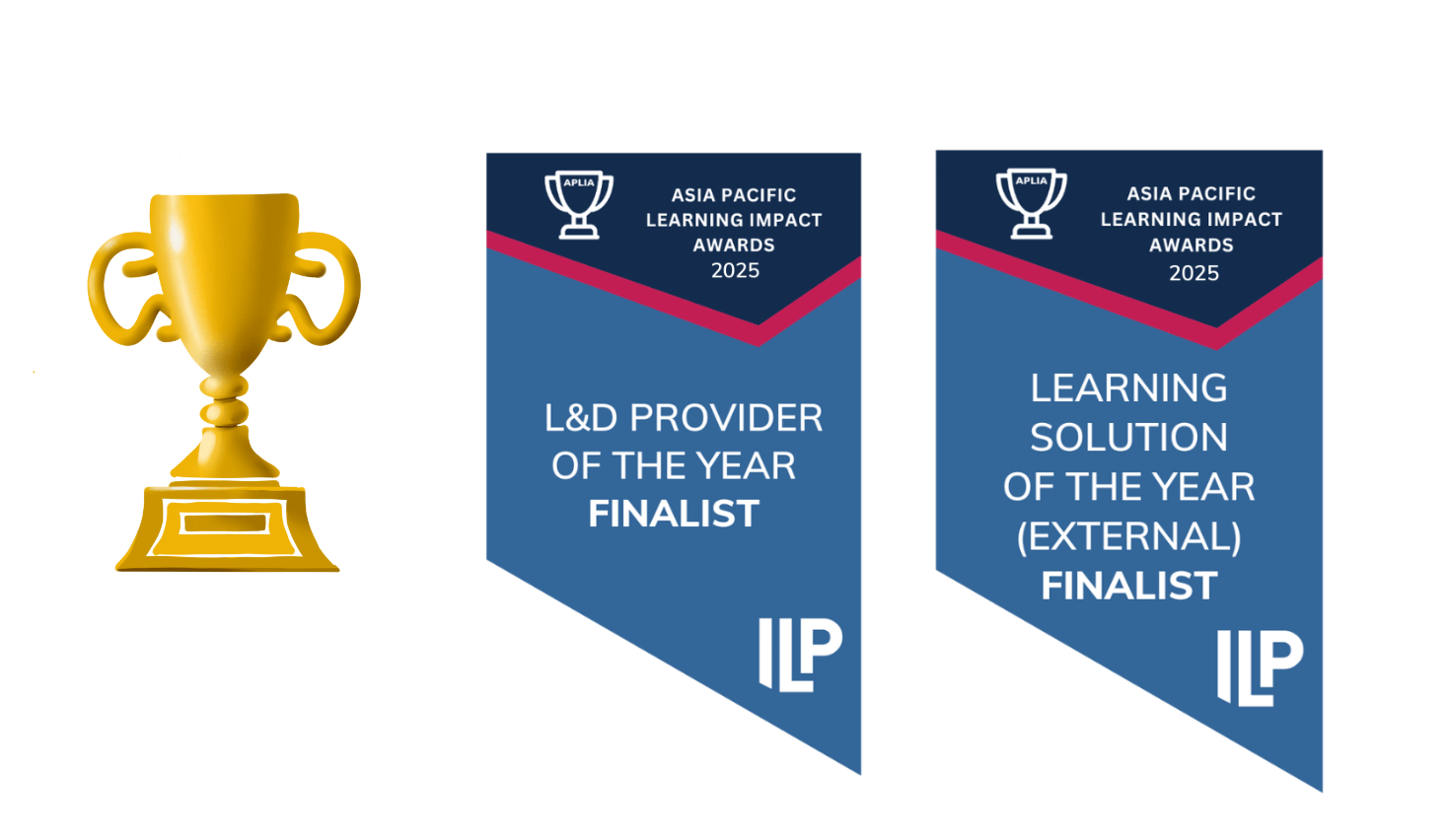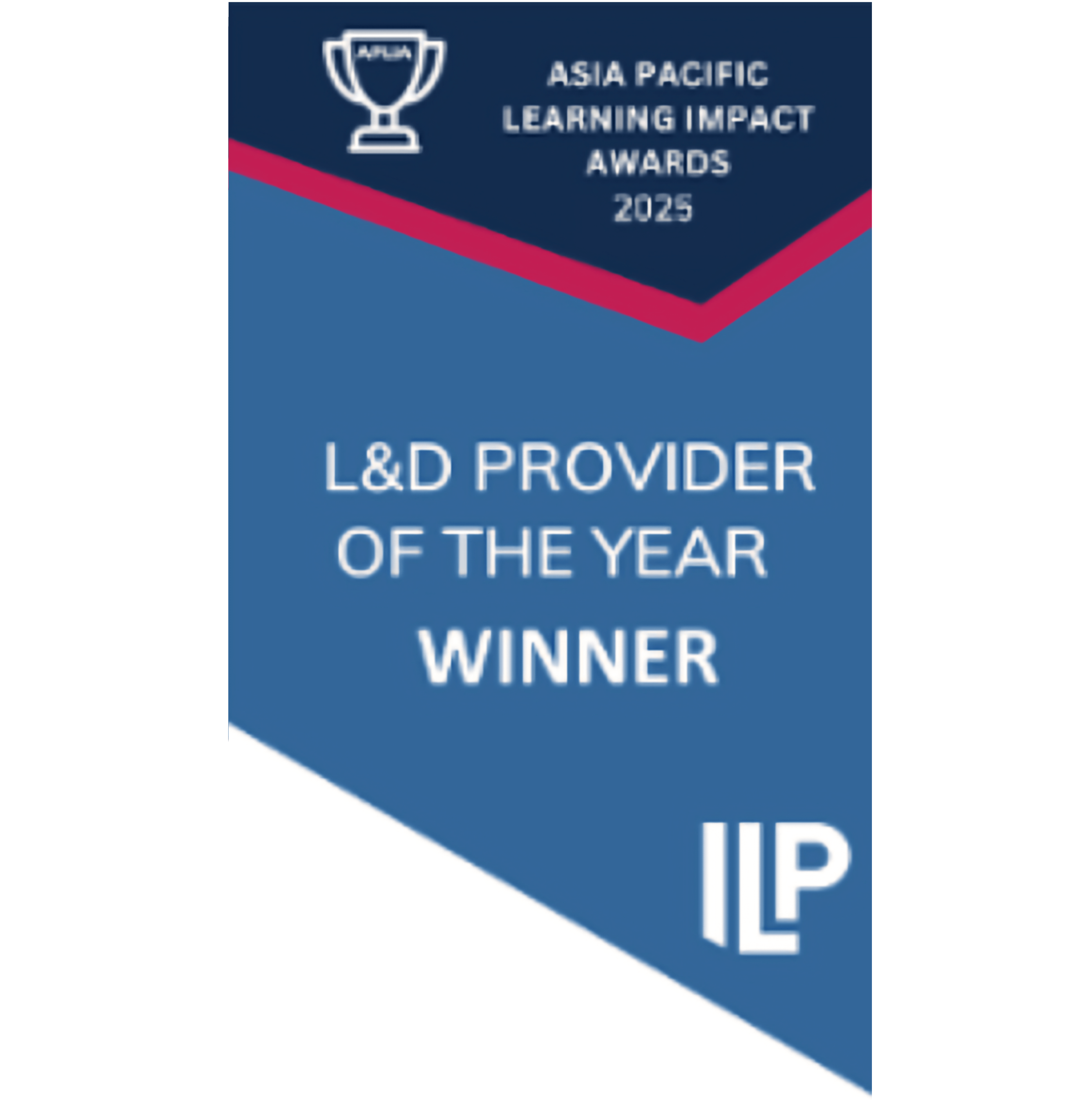
Microlearning.The biggest (smallest?) buzzword to come out of the L&D industry in the past couple of years.
If you’re not up to speed, microlearning is pretty reflective of its namesake— little bits of learning.These chunks of content are lightweight in time spent, but knowledge-heavy in their impact on memory and retention. Microlearning shouldn’t, however, be assumed to be simply taking one lesson or module and breaking it up.
The central idea of creating microlearning material is defining what concepts the learners need to know and will be able to apply.
Unfortunately, like any other shiny new thing, it’s easy to jump straight into adopting microlearning and attempt to apply it to all the company’s learning needs.
There are inevitably a few cases where microlearning isn’t the one-stop solution, and below I’ve outlined few of these (with strategies to bridge the gap!):
1. It’s not suitable for complex problems or skill development
Bite-sized learning modules realistically aren’t the best choice for complicated tasks, skills, or processes that call for a specific structure or particularly, physical practice. Microlearning experiences are "micro" because they allow for quick, effective reinforcement of knowledge and concepts. This means they’re not ideally suited for deeply involved subject matter that requires heavy creative or lateral thinking.
That’s not to say the method strictly isn’t applicable! A few ways to incorporate microlearning into a larger course or syllabus:
- Before the course , to gauge current knowledge levels
- Throughout the course , to take advantage of spaced practice
- After the course, to reinforce and strengthen learning over time.
2. Sometimes material becomes fragmented
It's important to consider that learning experiences that use microlearning should be holistic and comprehensive. Covering only one aspect of the topic or not giving enough attention to others can make the broader topic seem fragmented or disjointed. Ideally, each activity within the learning experience should be connected in some way, yet still provides learners with the key information they need to know. Our strategy is that before our customers even think about writing questions we work to define clear, actionable learning objectives that each topic’s questions can be centered around. Allowing learners to see the big picture is key to make sure they’ve got a well-rounded knowledge of the topics.
3. Creating great content takes time and effort
This sounds like a no-brainer. However, it’s easy to fall into the trap of “It’s only a few (short videos, multiple choice questions, explanations) it’ll be an easy job”. Truth is, effective microlearning content is the hardest to create. Distilling information into need-to-know chunks that are actually useful is truly an art form. We’re sticklers for good content at Yarno, as we know that quality learning content is the key to helping our customers and their employees succeed not only with the software, but improve at their jobs too. Good content in = great results out!
So what IS microlearning good for?!
Here’s a super useful checklist (of sorts) from Will Thalheimer of five utilisation cases of microlearning:
Course Replacement
Provides training content and learning support, often as a replacement for classroom training or long-form elearning.
Course Augmentation
Provides after-course or within-course streams of short learning interactions to reinforce, strengthen, or deepen learning.
Retrieval Support
Provides retrieval practice, spaced repetitions, and reminding to ensure knowledge and skills can be remembered when needed.
Just-In-Time (Moment-of-Need) Learning
Provides information when learners need it to perform a task they are working on.
Behavioral Prompts
Provides action nudges, task assignments, or performance support to directly prompt and support behavior.
So as that next big course or training program on the horizon draws nearer, it’ll pay to keep microlearning as one of many tools in your L&D quiver to get the best results out of your training.
If you’re after some more info, we’ve chatted about microlearning a few times here:
- The big deal about microlearning
- How to write awesome multi-choice questions
- How to make knowledge stick
To learn about the big impact little bites of learning can have, download our microlearning white-paper.


















































































































